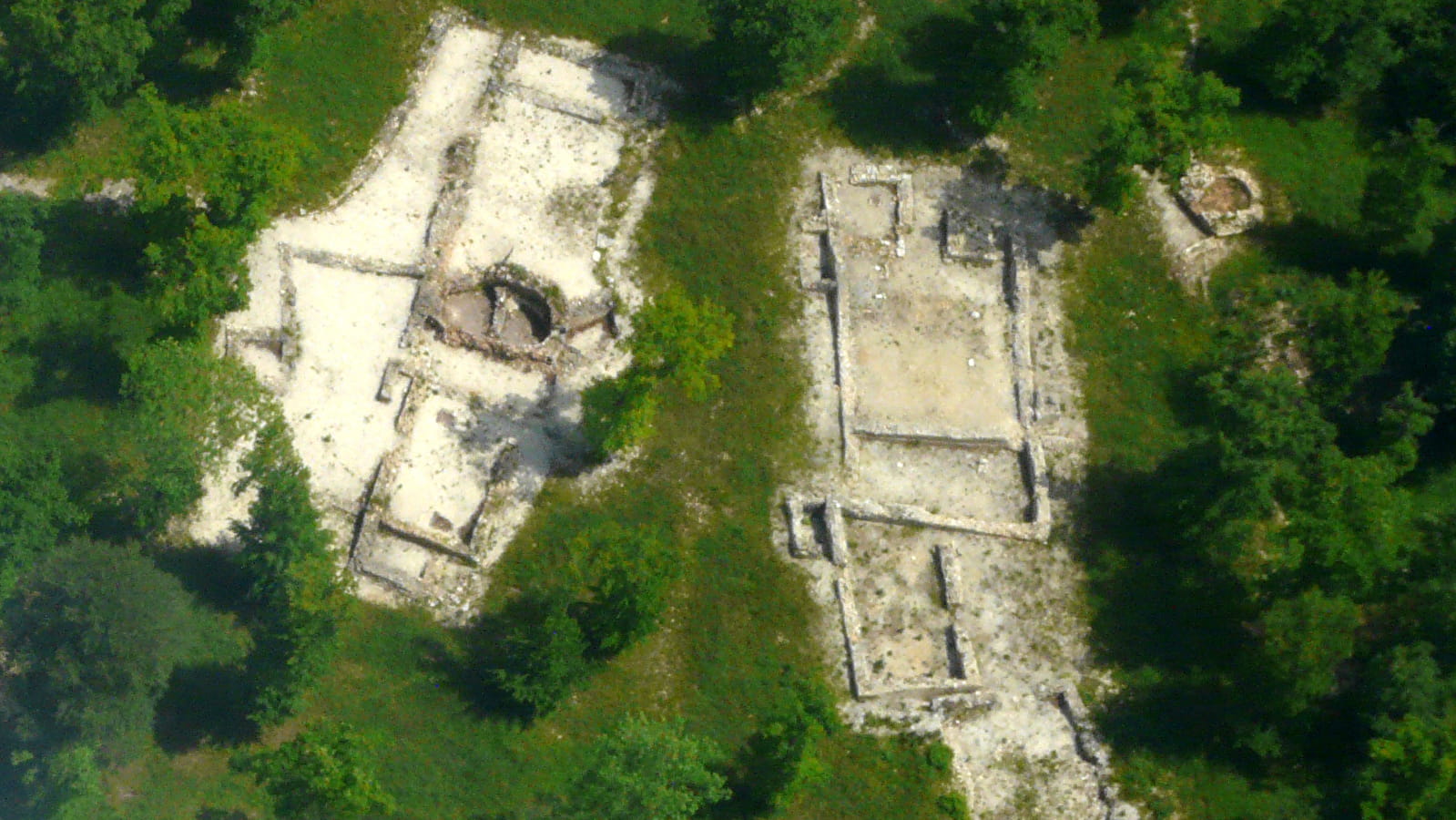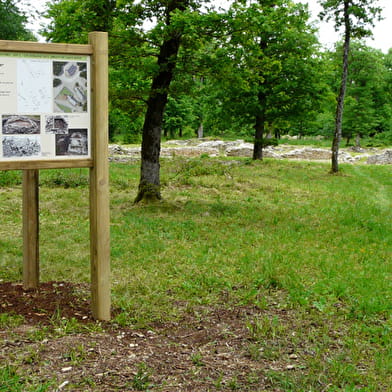
Fouilles archéologiques de Cestres
It is one of the small isolated settlements that in the Middle Ages exploited the land on the plateau bordering the Val-Suzon to the north. It depends on the landed domain of the Abbey of Saint-Seine and it is perhaps the Bordes Gaudot that some archive documents mention from 1323 and declare as deserted in 1417
Archaeological excavations were carried out as exhaustively as possible between 2003 and 2011: they uncovered the remains, which were certainly levelled off, but clearly legible: on the one hand, a hamlet made up of two farms surrounded by enclosed gardens and accompanied by both a collective bread oven and a vast battery barn, and on the other hand, a well-tank built 350 m away
All the evidence shows that the settlement was short-lived, covering only the 14th century, that the location is difficult and that it has never before hosted any lasting development; but all the evidence also shows that the initial investment was significant, clearly made to last and designed to establish a permanent centre of settlement and exploitation.
1000 m2 of solid buildings with stone walls, lava roofs and floors excavated several tens of centimetres into the rocky table were in fact built to accommodate a resident group of about twenty people specialising in sheep farming and, secondarily, in the production of lime, no doubt intended to supply the reconstruction work on the abbey church
The plague epidemics and the ravages of the Hundred Years' War, which created a climate of insecurity and permanently disrupted the economy in the region, put an end to this very isolated settlement in the early 15th century.
- Cheques and postal orders, Cash, Bank transfers
Brochures Bourgogne Tourisme
Consult our brochures online or order them to receive at home




